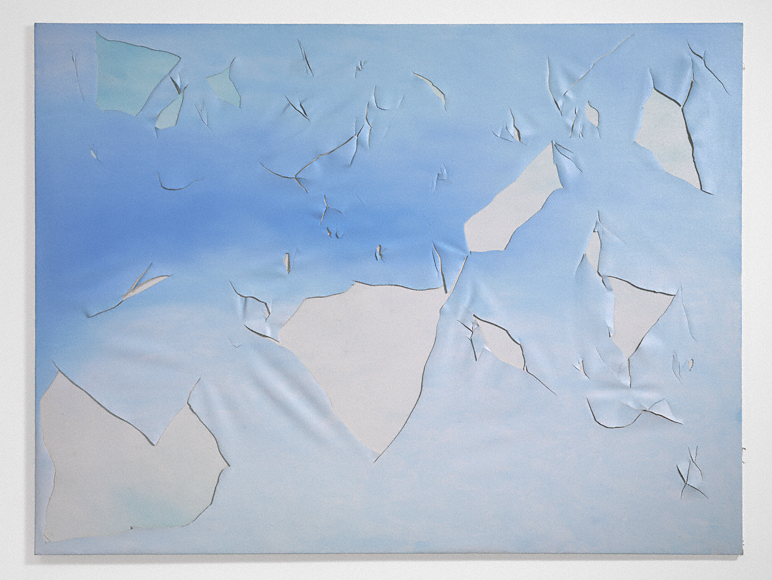Market Monday: Skyfall
Collecting fragments as the art market (finally) drops a few feet closer to Earth...
Let's start at the beginning. Immediately following Phillips's Sunday night 20th Century & Contemporary Evening Sale, CEO Ed Dolman played the "discerning bidding" card to explain his house's middling results: just shy of $67M with premiums included. That number resides at the ass-end of the $64.4M-93.65M estimate for the sale. Overall, it's a great case of an outcome looking different to analysts in hindsight. Since Phillips's sale was only the first in a long week of auctions, many observers expressed right afterward that the mediocre activity likely represented bidders' saving their chips for Christie's and Sotheby's. Today, it looks like the snout of a potential bear market poking through the trees. [Blouin ArtInfo]
Despite selling Amedeo Modigliani's "Nu Couché"––the marquee lot in its themed "Artist's Muse" sale––for a staggering $170.4M, Christie's overall sales results during the year's final major auction week disappointed. Bloomberg's Katya Kazakina diplomatically labeled the house's Postwar & Contemporary Evening Sale on Tuesday a symbol of "restraint" from collectors. Meanwhile, under a headline calling the same sale "mixed," Scott Reyburn reported on the slew of unsettling signs it contained. None was more interesting to me than Christie's postwar & contemporary czar Brett Gorvy openly admitting that the house's pricing was "a little too aggressive," backed by the statement that the goal should always be to "let the market"––meaning the bidders––"decide" what's right. The problem, of course, is that this idea directly contradicts the entire auction sector's rampant pursuit of guarantees, irrevocable bids, and third-party risk-sharing agreements, as I discussed last week. So as always, if you really want to know what to believe, follow the money. [The New York Times]
Thanks to two weeks of strong sales in New York and Geneva, Sotheby's managed to amass a grand total of $1.1B to date in November. Seasoned art market reporters defined the house's Postwar & Contemporary Evening Sale in NYC this Wednesday as "reassuring" and "a reason for relief." It even managed to out-earn its counterpart sale at Christie's. But any momentum from those results crashed into a garage door on Friday, when CEO Tad Smith followed up a lackluster third quarter earnings report by beginning to offer voluntary buyouts to employees in a bid to reduce operating costs. It's another example of why Sotheby's seems destined to stay in second place in the sector: Since they––unlike Christie's––still answer to shareholders, even when they win, they can still lose. [Bloomberg]
On a more upbeat note, Austrian gallery titan Thaddaeus Ropac announced this week that he would be mounting dual exhibitions to aid the thousands of refugees now trying to find homes across Europe. The first show will revolve around a collection of statements on the crisis from European artists working in a variety of media. The second––and to me, far more consequential––will be a selling exhibition from which all proceeds will be donated to an Austrian refugee aid foundation. I'm pleased to see that the latter will feature big-time names like Georg Baselitz, Joseph Beuys, and Anselm Kiefer instead of a slate of less commercially beloved artists. Hopefully the market's runaway prices can sustain long enough for the sales to do six or seven figures worth of good. [artnet News]
And finally, if you need proof that, even today, not everyone is in the arts for the money, I recommend Masha Gessen's piece on Russian artist Petr Pavlensky, who has engineered numerous recent works that sacrifice his own body in order to disempower Putin's government in small but highly publicized ways. If all the talk of commerce and celebrity is starting to feel suffocating, Pavlensky stands as a vivid reminder that someone, somewhere, will always be willing to make an artistic statement like nailing their genitalia into the cobblestones of a major landmark––and even I can't picture how to monetize that. [The New Yorker]
That's all for this edition. Til next time, don't let your dome get split by falling prices.
